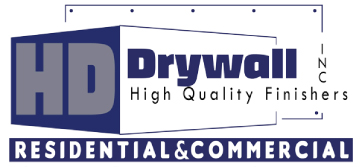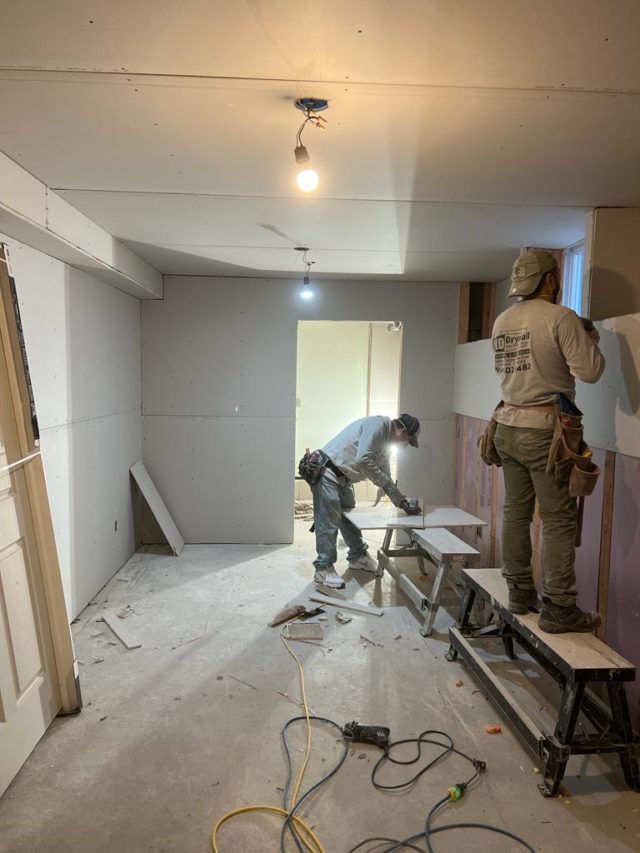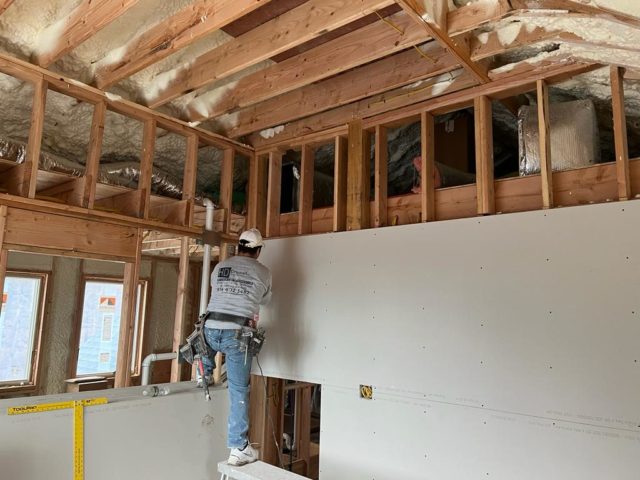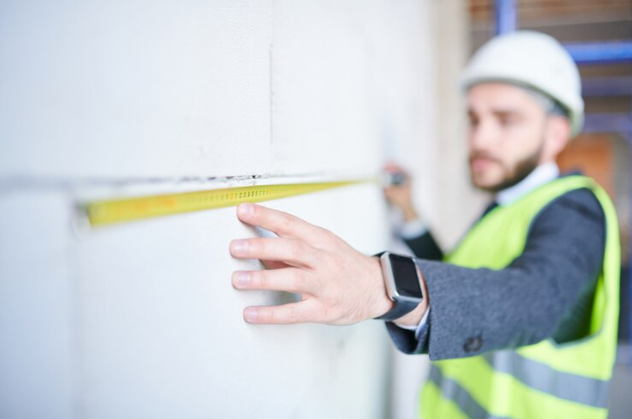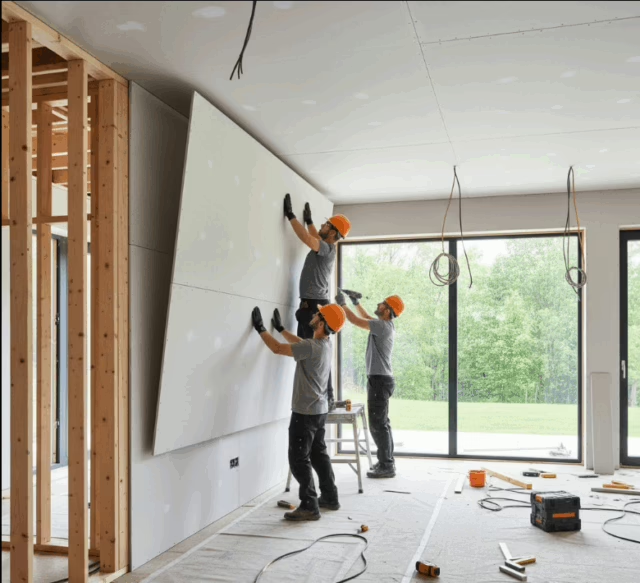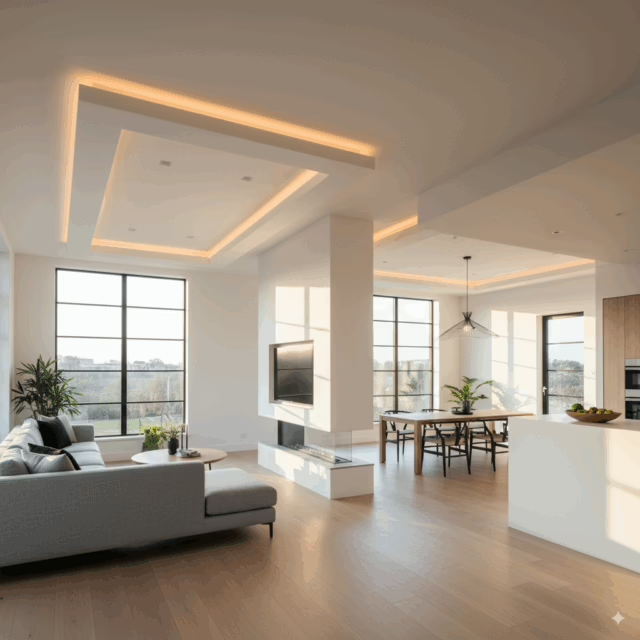Sustainability is no longer a trend—it’s a necessity. As architects, builders, and developers focus more on eco-conscious construction, material selection becomes a key decision point. Among the many available options, sustainable building drywall stands out for its versatility, efficiency, and environmental compatibility.
In this guide, we’ll explore how drywall contributes to green construction and why it’s the smart choice for eco-friendly residential, commercial, and institutional projects.
What Makes a Building Sustainable?
A sustainable building minimizes environmental impact throughout its lifecycle—from construction to occupancy and eventual demolition. Key goals include:
- Reducing energy consumption
- Limiting resource depletion
- Improving indoor air quality
- Enhancing recyclability and reusability
Drywall aligns perfectly with these goals when selected and installed with sustainability in mind.
👉 Learn more about our approach to green construction on our Services page.
How Drywall Supports Sustainable Building Goals
1. Recyclable and Low-Waste Material
Most modern drywall is made from recycled gypsum and paper. Additionally, scrap drywall from job sites can often be recycled into new panels or used in agriculture and soil amendments.
Benefits include:
- ✅ Reduced landfill waste
- ✅ Closed-loop manufacturing systems
- ✅ Fewer raw material extractions
2. Energy-Efficient Installation
Drywall helps optimize building envelope performance when used with proper insulation. Its thermal mass and moisture-regulating properties contribute to:
- Lower HVAC loads
- More stable indoor temperatures
- Reduced energy bills
Combined with airtight drywall applications, it plays a direct role in energy conservation.
📌 See energy-conscious builds on our Facebook page.
3. Low-VOC and IAQ-Friendly Options
Drywall can help improve indoor air quality when paired with:
- Low-VOC adhesives and joint compounds
- Paperless or mold-resistant panels
- Formaldehyde-absorbing gypsum boards
These features help your project meet or exceed LEED and WELL certification standards.
Learn more about healthy interiors on our About Us page.
Types of Drywall Ideal for Green Construction
Selecting the right type of drywall enhances its sustainability contribution.
| Drywall Type | Sustainability Feature |
|---|---|
| Recycled-content drywall | Reduces extraction of virgin materials |
| Moisture-resistant drywall | Extends lifecycle and prevents mold |
| Paperless drywall | Reduces organic content and mold growth |
| VOC-neutralizing drywall | Absorbs indoor air pollutants |
📩 Not sure which product is best? Contact us for expert eco-conscious recommendations.
How to Maximize Drywall Sustainability on Your Project
To ensure your drywall contributes effectively to sustainable building:
- Use locally manufactured drywall to reduce transport emissions
- Minimize on-site waste with precise measurements and cuts
- Select joint compounds and sealants with verified low-VOC content
- Plan for end-of-life drywall recycling when renovating or demolishing
- Pair drywall with energy-efficient lighting and HVAC systems for best results
💡 Tip: Many drywall systems qualify for credits under LEED v4, WELL, and Green Globes.
Final Thoughts
Drywall is more than just a building material—it’s a powerful tool in the push for sustainability. From its recyclable core to its performance-enhancing characteristics, sustainable building drywall offers durability, design flexibility, and eco-friendly benefits that align with modern green building standards.
At HD Drywall, we prioritize environmentally responsible materials and methods in every project we undertake. Let us help you build smarter, cleaner, and more sustainable environments.
Frequently Asked Questions
1. Is drywall considered a sustainable building material?
Yes. Modern drywall uses recycled materials and supports low-impact construction when selected and installed correctly.
2. Can drywall contribute to LEED points?
Absolutely. It can help with MR credits (recycled content), IEQ (low VOC), and EAc (energy performance).
3. What happens to drywall waste?
Scrap drywall can be recycled into new panels or used in agriculture as a soil conditioner.
4. Are there drywall types that purify air?
Yes. Some drywall products are designed to absorb formaldehyde and VOCs, improving indoor air quality.
🌎 Build responsibly with sustainable drywall solutions. Contact HD Drywall to integrate green strategies into your next project. 🌱
#Sustainable building Drywall
